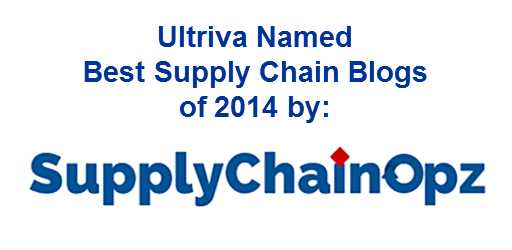Living in a world of speed, immediate accessibility, and instant gratification, consumer packaged goods (CPG) manufacturers have to procure raw materials, build components, assemble finished goods and physically ship them across the world. Challenged with shorter lead times and exploding finished goods SKUs, selling goods and procuring materials globally increase pressure to do more with less.
 Speed when applied to material replenishment is known as Inventory Velocity. Principles and practices to improve inventory velocity starts with differentiating inventory turns. Corporate management and investors understand the concept inventory turns as a key financial measurement, constantly monitored and improved. This metric broadly signifies how a company uses its cash effectively. Fewer inventory turns means a company needs more operating capital and less money available for funding growth. While inventory turns are easily computed at the corporate level, they are difficult to control or improve.
Speed when applied to material replenishment is known as Inventory Velocity. Principles and practices to improve inventory velocity starts with differentiating inventory turns. Corporate management and investors understand the concept inventory turns as a key financial measurement, constantly monitored and improved. This metric broadly signifies how a company uses its cash effectively. Fewer inventory turns means a company needs more operating capital and less money available for funding growth. While inventory turns are easily computed at the corporate level, they are difficult to control or improve.
Disparity arises because inventory comprises so many variations (beyond the categories of finished goods, work in process, and raw materials), such as high-priced, fast-moving, slow-moving, one-off, long lead time, long transit time, standard, custom-made, and many other categories. Fast moving consumer packaged goods through retail channels, make inventory turns virtually impossible to monitor and control purely by corporate mandates.
Telling CPG manufacturing plants to reduce inventory by X percent becomes impractical without accompanied detailed guidance on how to precisely execute the reduction. Instead a best practices template that helps identify potential inventory optimization opportunities proves most effective.
Enter the domain of inventory velocity. The single most important measurement of inventory is the speed at which the inventory is being churned into cash. The factors impacting speed are consumption rate, lead times, product lot sizes and replenishment frequency. The fastest speed can be accomplished when the consumption rate synchronizes with replenishment frequency, and lead times and lot sizes are kept at a minimum.
Most manufacturing firms do not have this data readily available. Understanding the current state for all the parts in the manufacturing helps companies assess the improvement opportunities. Synchronizing replenishment frequency with consumption ensures the speed of material movement is fluid and minimizes on-hand inventory stagnation. Long lead times have a multiplier effect on inventory, leading to higher inventory in the pipeline, and increasing the computation of the safety stock. Large lot sizes have a similar impact on the on-hand inventory.
The information stored in ERP, MRP, or supply chain systems is largely after-the- fact, rather than predictive. These systems carry the inventory data, not the inventory cycle data. Since the materials, purchasing and logistics functions act as silos, it is not easy to extract raw data and perform analytics identifying the areas for improvement.
Using a collaborative real-time system that can store and track data must consist of master and transaction data sets for inventory cycle information. Actively engaging supply chain partners to transact data in real-time is a vital step in gathering valuable information. With this approach, CPG companies can successfully measure, identify and set goals, improve and sustain inventory turns over time.



